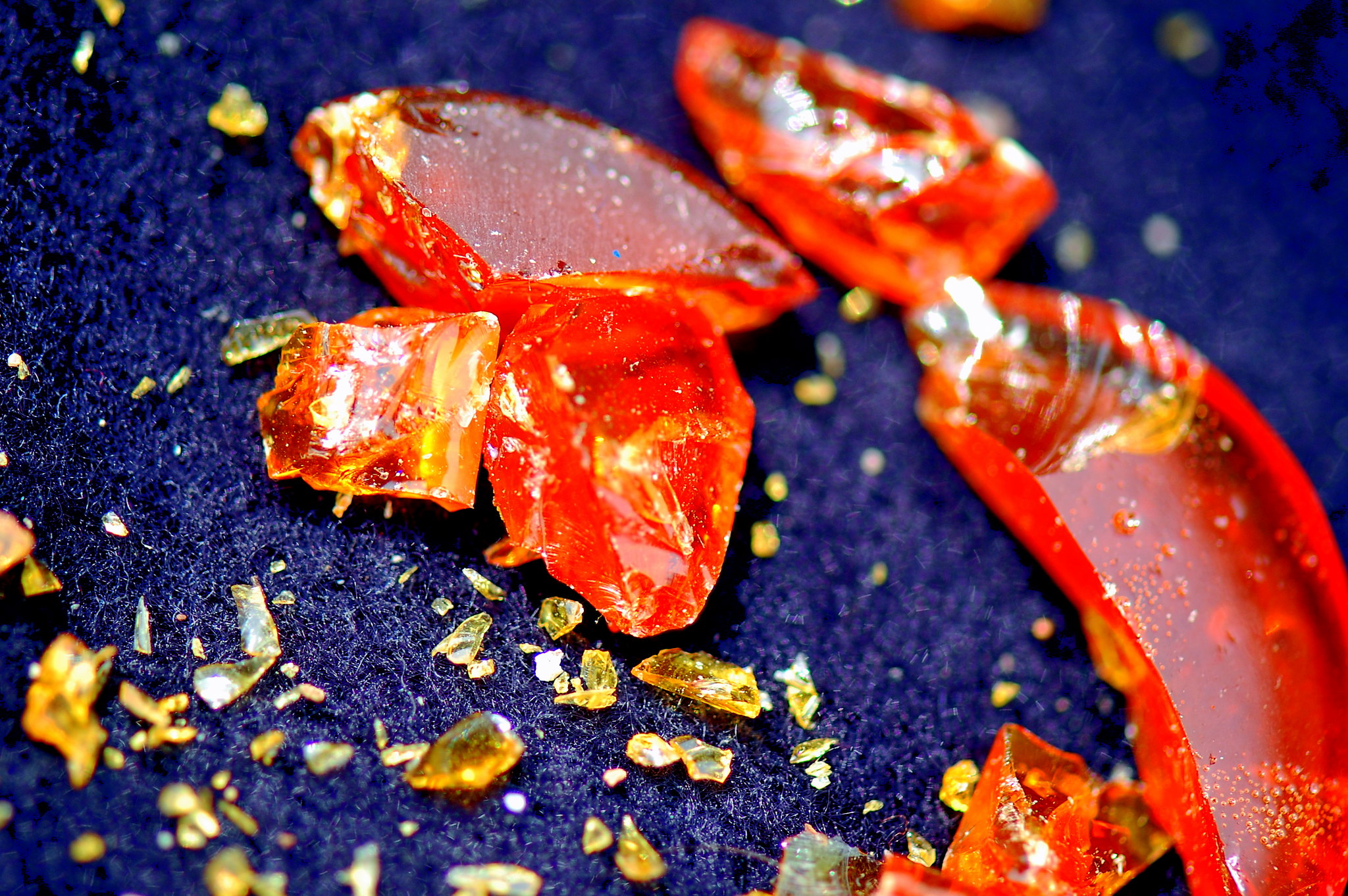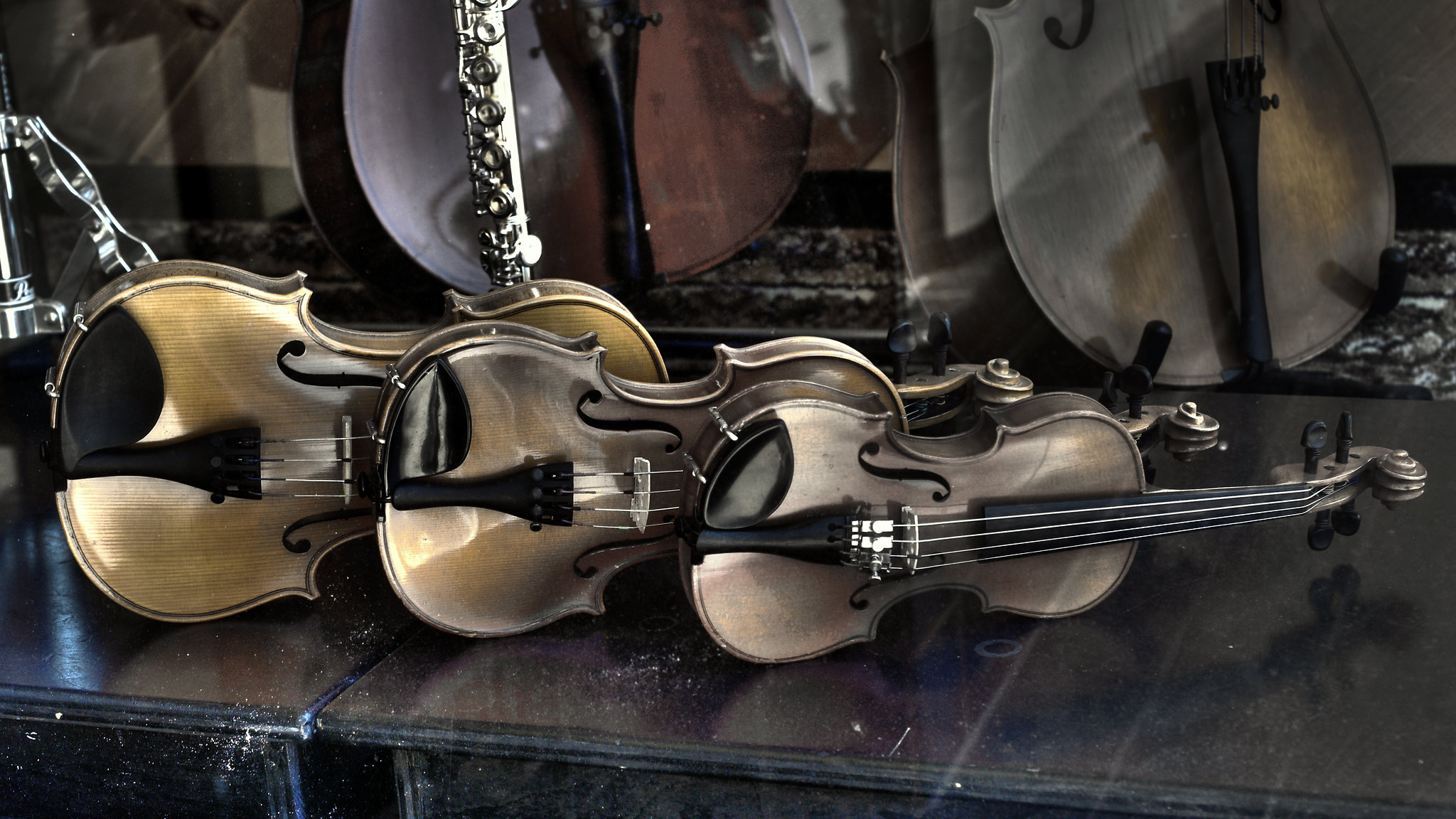Violin Pegs
Violin pegs are how a violinist tunes their instrument. The pegs hold the strings taut and that tautness causes the string to vibrate at the correct frequency. Those frequencies are what we perceive as notes. Violin pegs are one of the many parts of the violin that are integral to its function.
Location and specifications
Violin pegs are specifically designed to stick into the pegbox, the very end of the violin. The pegbox is next to the violinist's left hand, and it has 4 holes. The pegs themselves are carved in a tapered shape. It's important to note that old pegs often have a more sharply tapered pattern than new pegs and often slip more dramatically.
In addition to a proper taper, the pegs must also be long enough to reach the holes on the opposite side of the pegbox. A hole is drilled through the peg to catch the string and wind it.
Various Types of Violin Pegs
There are many different styles of violin pegs, but they all do essentially the same thing: they keep the strings taut and tuned. Pegs are typically made of boxwood, rosewood, ebony, or maple. A violinist's preference may be influenced by their own violin's wood's finish.
If you'd like your violin to match overall, you might be interested in keeping a maple finish. If your violin has a dark wood finish, ebony might be more your style. Regardless, you'll get the same result with any color peg. Violin pegs are also varied in their carving. You can get pegs that look like everyone else's pegs, or you can splurge on hand-carved pegs from artisans around the world.
Affordability
Boxwood and rosewood pegs are very affordable. You can easily replace your entire set of pegs for less than a meal out with friends. Or, if you happen to lose or break a peg, you can buy them individually for less than a cup of coffee.
English boxwood pegs are beautiful and are a top seller. They will come uncarved, so a trip to your violin shop to visit the luthier will be necessary for a proper fit. Affiliate: https://fiddlershop.com/collections/violin-pegs/products/violin-heart-shaped-pegs-boxwood Banner: Top Seller Description: Gorgeous boxwood pegs. Heart-shaped design with black trim and tip. Can be sold per piece or as a set of 4.
These rosewood pegs are a dark and moody touch to your violin. They are also in the heart-shape and have black trim and tip. They will come unshaved and ready to be installed and shaved by a trained luthier. They can also be purchased individually or as a set of 4.
Wittner Finetune Geared Violin Pegs are a very interesting new development for violinists who want fine-tuning capabilities but don't want to sacrifice the traditional look of their instrument. These nifty pegs allow the violinist to tune more delicately without the traditional fine tuners near the tailpiece of the violin. They're made from composite and light alloy material and keep the traditional hardwood appearance. There is no pegbox friction and the peg is reportedly not affected by climate or humidity changes! These pegs are an exciting evolution to the violin peg world!
Troubleshooting
Pegs are a piece of the violin that causes a lot of drama for violinists. The pegs need to be manipulated regularly to tune the violin. Because of humidity or lack thereof, pegs either slip too quickly and cause the violin to become out of tune, or they stick so stubbornly that the violinist cannot move them! Both of these problems have solutions and economical solutions at that!
Wrong Peg Ratio
Old violins had a peg ratio of 20:1 which causes a lot of slipping and popping, especially in temperature changes. Today's instruments have a 30:1 ratio which is much less tapered and fits into the pegbox much more snugly. It's possible that a vintage instrument cannot hold the strings taut because of this old and ineffective ratio.
Pegbox Contact
Check to see if your pegs have a shiny ring around them. If the peg isn't properly carved, the peg will not slide smoothly in the pegbox. If you do not see a ring of polished wood around your peg, then it's possible your peg has been in use too long and needs to be replaced. Wood naturally warps over time, and pegs are under a lot of stress. They become oval over time and no longer turn smoothly.
Immovable Pegs
If you are trying to tune a violin and the pegs refuse to turn smoothly in order to achieve accurate tuning, then an easy solution is applying "peg dope." Peg dope is a compound sold by many companies (and made by luthiers as well) that is a solid lubricant for pegs. Wiggle the peg out of the violin, completely or just enough to apply the dope, and screw it carefully back into your instrument. Let the lubricant move around the peg to ensure each of the 360 degrees has a tiny bit of the compound. Your peg ought to move much more smoothly with this product. It looks like a stick of brown lipstick or a cheap brown crayon! Don't judge a product by its appearance, though... this stuff works miracles!
Pegs Won't Grab
If the above ratios due to peg age are not your problem and your pegs are still not grabbing properly to hold a pitch, then other compounds are available to do the opposite of "peg dope." Some string players use chalk to cause the peg to stick and others are purists, using peg compound to drop onto a slippery peg. Both these solutions are economical and quick fixes, not even requiring a trip to your luthier.
Summary
Pegs are fickle little parts of the violin. They make or break an instrument's performance, but they are surprisingly easy to maintain. With the right fit and the right humidity/dryness remediation, your instrument ought to be easy to tune and maintain its pitch with very little intervention. They're a small inventment in your violin's overall health.








